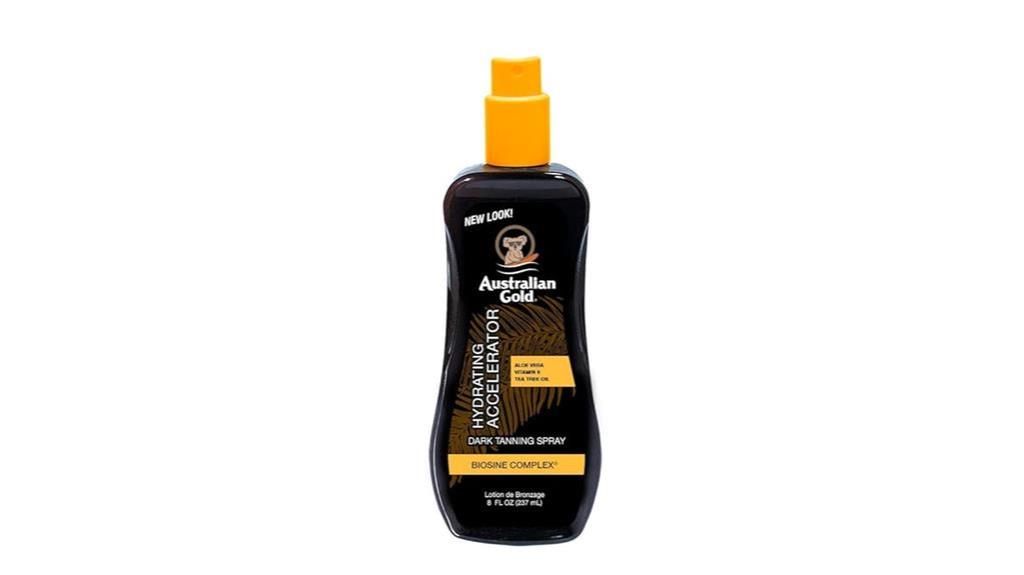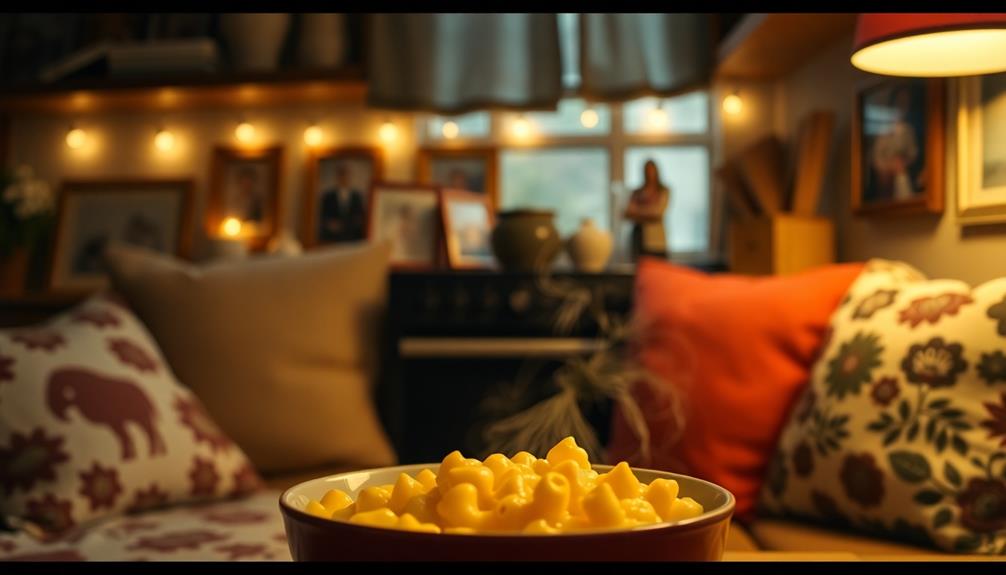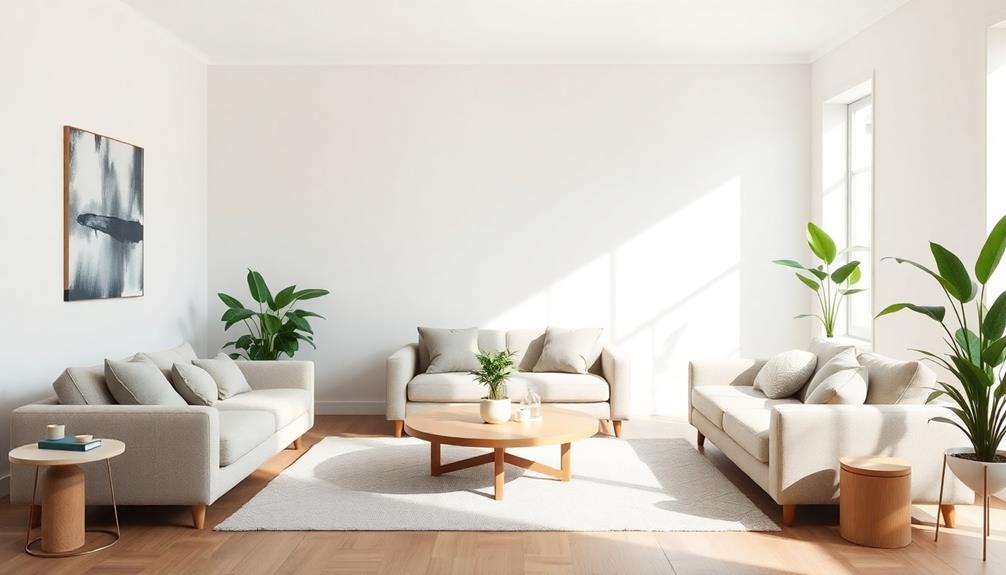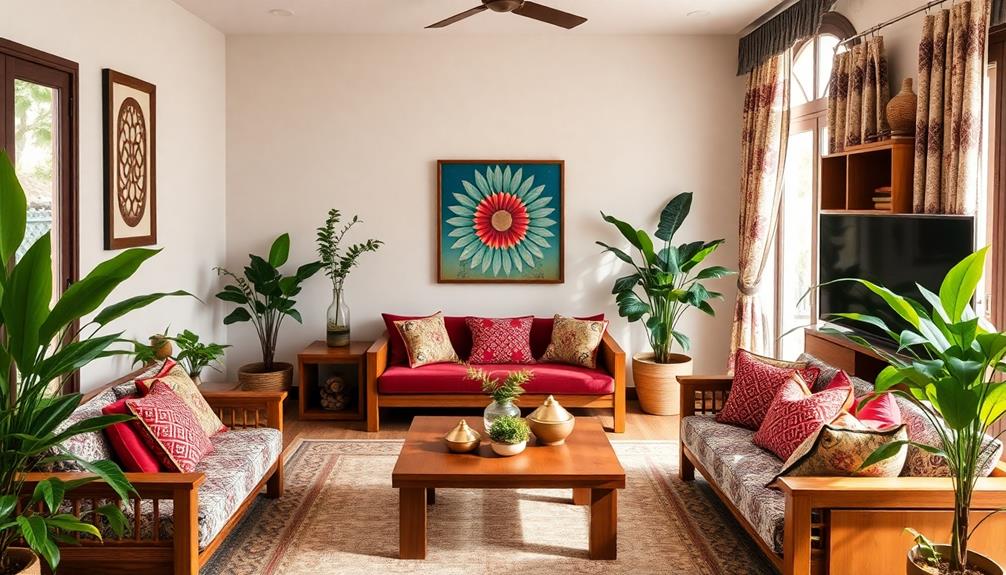As the summer sun beckons, it’s time to achieve that perfect golden glow. Whether you’re looking for a natural tan or a faux glow, we’ve rounded up the best tanning products to help you get summer-ready skin. Let’s dive into Tanning Trends’ top picks for achieving a beautiful, bronzed complexion!
1. Carroten Intensive Tanning Gel SPF0: The Ultimate Accelerator
For those seeking a deep, flawless tan without the greasiness, Carroten Intensive Tanning Gel SPF0 is a game-changer. This lightweight gel absorbs quickly and is suitable for all skin types.

- 150 ml / 5 oz size
- Contains antioxidant vitamins A and E
- Pleasant fragrance
- Perfect for: achieving tanned skin
Pro tip: Apply evenly and reapply as needed for best results. Remember, SPF0 means no sun protection, so use with caution and consider additional sun protection measures.
2. Hawaiian Tropic Island Tanning Oil Spray: Tropical Paradise in a Bottle
Transport yourself to a tropical paradise with Hawaiian Tropic Island Tanning Oil Spray. This tanning oil not only helps you achieve a golden glow but also provides SPF 6 protection and moisturizing benefits.

- 8 oz size
- Oxybenzone-free formula
- Moisturizing body oil
- Ideal for: sun protection while tanning
For those who prefer more sun protection, consider the Hawaiian Tropic Protective Tanning Oil Spray with SPF 25, which offers higher UV protection and is water-resistant for up to 80 minutes.
3. Tan Physics Sunless Tanner: Faux Glow Perfection
If you’re looking for a sunless tanning option, Tan Physics Sunless Tanner is an excellent choice for achieving a natural-looking tan without sun exposure.

- 8 oz bottle
- Streak-free formula
- Develops natural-looking color
- Great alternative for: those who prefer sunless tanning
To achieve the best results, exfoliate your skin before application and use a tanning mitt for even distribution.
4. Golden Skin Glow Drops: Customizable Radiance
For a versatile tanning option that can be used year-round, try the Golden Skin Glow Drops. These liquid bronzing drops allow you to customize your glow by mixing them with your favorite moisturizer or foundation.

- 1.35 oz bottle
- Vegan and cruelty-free
- Translucent bronzing tint
- Perfect for year-round use: incorporate into your daily skincare routine
Experiment with different ratios to find your perfect glow intensity. These drops are great for both face and body use.
5. Australian Gold Dark Tanning Accelerator Spray Gel: Quick Color Boost
For those looking to speed up their tanning process, the Australian Gold Dark Tanning Accelerator Spray Gel is a fantastic option. This product intensifies color payoff and promotes a golden tan after just a few sessions.

- 8 ounce spray gel
- Contains Kakadu Plum extract and Tea Tree Oil
- Nourishes skin with Vitamins A and E
- Ideal for speeding up your tan: learn more about tanning accelerators
This product can be used for both indoor and outdoor tanning, making it a versatile addition to your tanning routine.
6. Sun Bum SPF 15 Moisturizing Tanning Oil: Responsible Bronzing
For those who want to tan responsibly while keeping their skin hydrated, Sun Bum SPF 15 Moisturizing Tanning Oil is an excellent choice. This reef-friendly formula provides sun protection while helping you achieve a beautiful bronze.

- 8.5 oz size
- Vegan formula
- Contains aloe vera, argan oil, and coconut oil
- Best for environmentally conscious tanners
This water-resistant formula is perfect for beach days or poolside tanning sessions.
Carroten Gel
Deep, quick tan
Hawaiian Tropic
Moisturizing tan
Tan Physics
Sunless tanning
Sun Bum Oil
Eco-friendly tanning
Conclusion: Achieving Your Perfect Summer Glow
Whether you prefer natural tanning, sunless options, or a combination of both, there’s a perfect product out there for everyone. Remember always to prioritize skin health and safety when tanning. Start with shorter exposure times and gradually increase to build your tan safely.
For more tips on achieving and maintaining your perfect tan, check out Tanning Trends lifestyle tips section. And don’t forget to explore Tanning Trends sun protection guide to ensure you’re taking care of your skin while enjoying that beautiful golden glow.
Happy tanning, and here’s to a radiant, sun-kissed summer!









